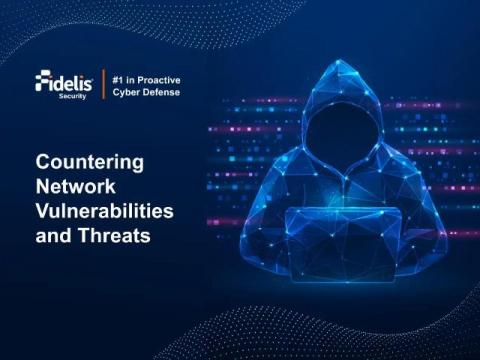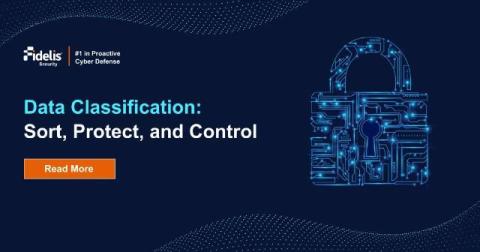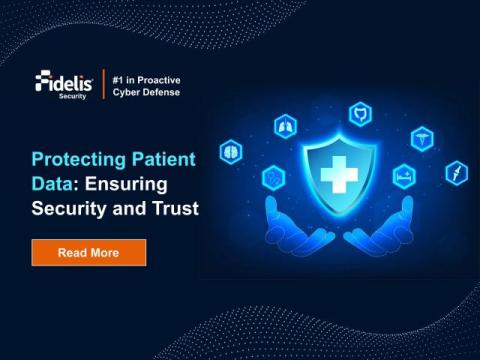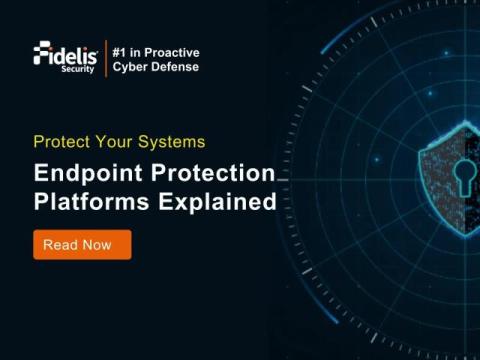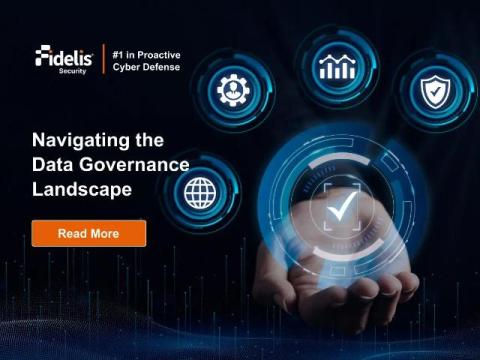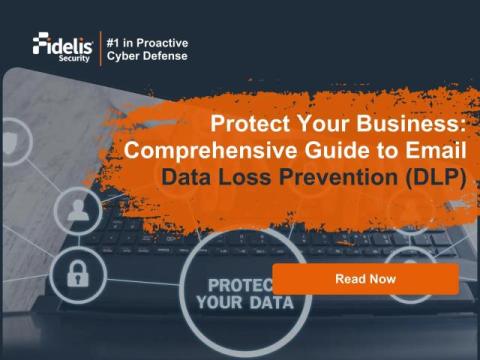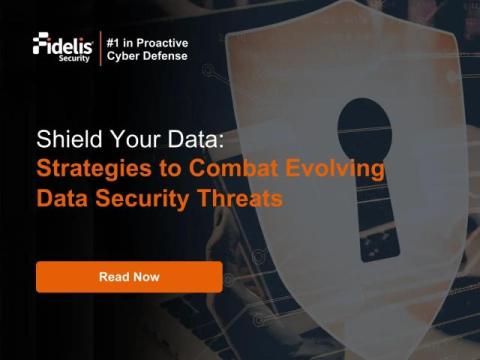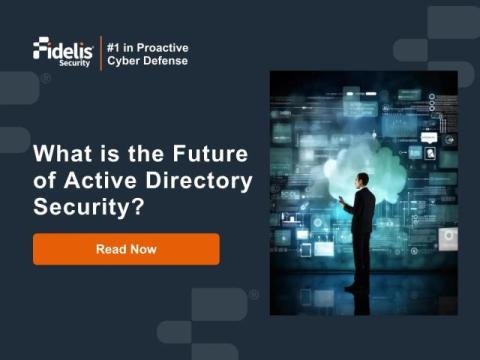Network Vulnerabilities and Threats: A Cyber-Security Challenge
The digital world is under constant risk as cyber-attacks are becoming increasingly advanced and increasing at a staggering rate. While significant developments have been made to mitigate cyber risk, network security threats continue to evolve further to get unauthorized access and steal data from companies. According to Cloudwards Cybersecurity Statistics 2024, Cybersecurity intrusions increased by 613% from 2013 to 2023.


